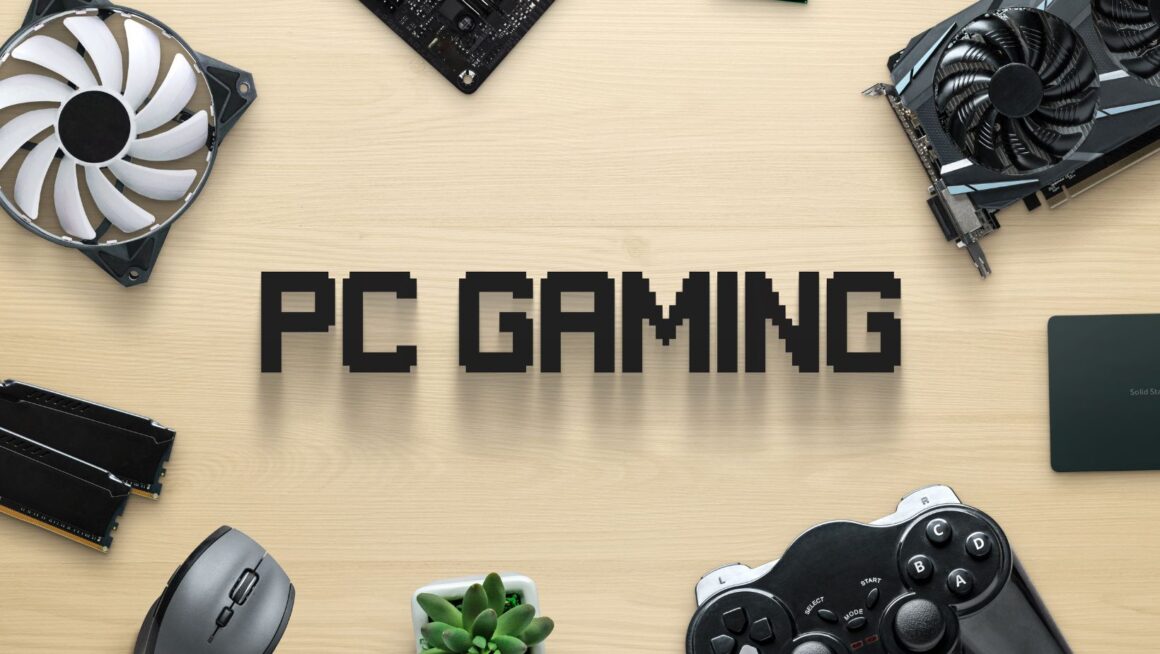The gaming landscape is evolving faster than ever. With 2024 on the horizon, the industry is primed for groundbreaking shifts that could redefine how we play and interact with games. From advanced AI integration to cross-platform play, the gaming world is set to become more immersive, dynamic, and accessible. Let’s delve into the key trends poised to dominate the headlines and shape the future of gaming.
Generative AI and Dynamic Storylines
Generative AI is revolutionizing the gaming industry. As AI technology advances, it enables the creation of intricate game worlds through procedural content generation (PCG). It enhances the gaming experience by providing unique, evolving environments and dynamic NPCs (non-playable characters).
- Personalized Experiences: AI tailors game content to individual player preferences, creating unique storylines, quests, and adventures.
- Adaptive NPCs: With generative AI, NPCs can engage in realistic dialogues and responses, adapting to player choices and forming rich relationships.
- Efficiency: Automating repetitive tasks such as world-building and asset creation frees developers to focus on creativity, speeding up production times.
Incorporating AI into games not only enriches the gaming experience but also adds depth and realism, making each playthrough a unique journey.
The Rise of Cross-Platform Play
Gone are the days of being restricted to a single gaming device. Cross-platform play is set to become a standard in 2024, allowing gamers to switch seamlessly between devices without losing progress.
- Seamless Gameplay: Games like Mortal Kombat I are pioneering cross-platform play, ensuring continuity across PCs, consoles, and VR headsets.
- Increased Accessibility: Players can engage with their favorite games on any device, fostering inclusivity and broadening the player base.
- Renewed Popularity: Classic titles may experience a resurgence, with new players having the opportunity to enjoy them across multiple platforms.
As more developers embrace cross-platform play, the gaming community will become more interconnected than ever.
Cloud Gaming: Access Anywhere, Anytime
Cloud gaming is breaking down barriers by hosting games on remote servers, allowing players to access high-end titles without the need for powerful hardware.
- No Hardware Constraints: Gamers can play the latest AAA titles on low-powered devices such as smartphones.

- Subscription Models: Similar to streaming services like Netflix, cloud gaming allows for vast gaming libraries accessible at low costs.
- Continued Growth: The cloud gaming industry is projected to reach 8.17 billion USD by 2025, indicating its rising popularity and potential.
This trend democratizes gaming, making it more accessible and affordable for a broader audience while enabling continuous innovation.
Social Gaming and Community Engagement
Social gaming has transformed how people perceive and interact with video games. As this trend grows, it emphasizes community, collaboration, and engagement.
- Blended Realities: AR and VR technologies can turn living rooms into social gaming hubs, offering immersive experiences.
- Inclusive Gaming: Social games are becoming more accessible to diverse demographics, breaking down age and gender barriers.
- Brand Integration: Companies utilize social gaming to foster brand awareness and engage audiences meaningfully.
The fusion of social gaming and Metaverse promises a shared virtual world where community-based gaming thrives, bringing players closer together.
Games as a Service (GaaS)
Games as a Service (GaaS) are redefining monetization models in the gaming world. Instead of purchasing a game outright, players engage with constantly updated content.
- Subscription Models: Services like PS Plus and Xbox Game Pass offer access to a wide range of games with continuous updates.
- Free-to-Play: Games like PUBG and Honor of Kings offer monetization through in-game purchases, making the base game free.
- AI-Driven Personalization: Generative AI can personalize gaming experiences, ensuring long-term player engagement and generating consistent revenue for developers.
GaaS enhances the gaming experience by keeping content fresh and engaging, ensuring players keep coming back for more.
Conclusion
The gaming industry’s future is brimming with possibilities. From the integration of generative AI and dynamic storylines to the rise of cross-platform play and cloud gaming, 2024 is set to be a transformative year. The advancements in social gaming and the innovative Games as a Service model further underscore this shift.

As we move forward, these trends will not only redefine how games are developed and played but also how they are perceived as cultural phenomena. Embrace the future of gaming—it’s going to be an exhilarating ride. Whether you’re playing traditional titles or diving into fantasy baseball leagues, the next era of gaming is here.



